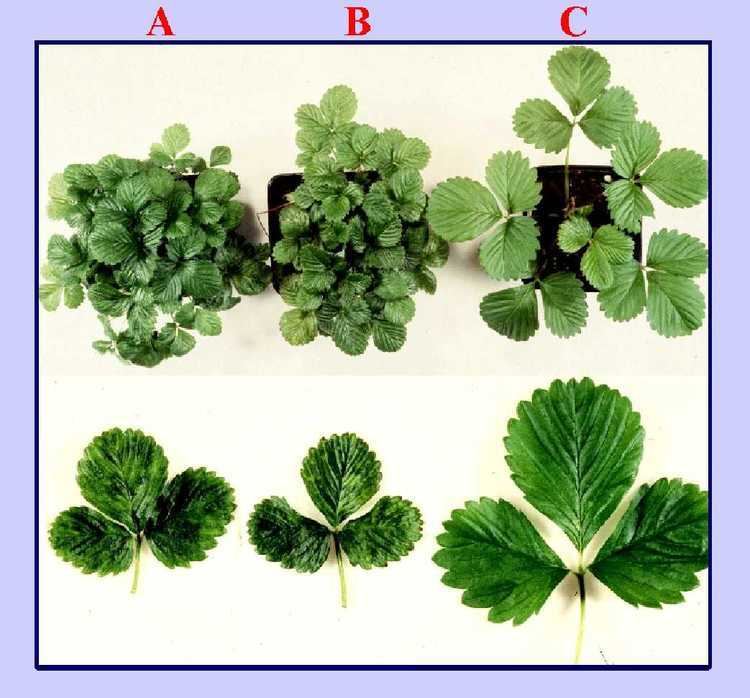Group Group VII (dsDNA-RT) | Rank Species | |
 | ||
Similar Strawberry mild yellow‑ed, Caulimoviridae, Peach rosette mosaic vi, Tomato ringspot virus, Raspberry ringspot virus | ||
Strawberry vein banding virus (SVBV) is a plant pathogenic virus and a member of the family Caulimoviridae.
Strawberry vein banding virus (SVBV) was first described by Frazier (1955) after differential aphid transmission to susceptible wild strawberries. He described disease symptomatology, identified wild strawberry plants as suitable virus indicators, and demonstrated virus transmission by various aphids, dodder (Cuscuta subinclusa), and grafting. Virus-vector interactions (i.e., specificity of aphid species, acquisition access and retention times, semi-persistent manner of transmission, and transmission efficiency), and the inability to transmit the virus via sap were established by Frazier (1955). Similar studies focusing on aphid vectors of SVBV and symptomatology were used as the basis for naming the virus (Prentice, 1952; Schöniger, 1958; Frazier and Posnette, 1958; Frazier, 1960; Mellor and Forbes, 1960; Miller and Frazier, 1970; Frazier and Converse, 1980).
Stenger et al. (1988) purified and cloned the SVBV genome (pSVBV-E3). By the techniques available at that time, Stenger and coworkers were unable to demonstrate the infectivity of the clone. Rub-inoculation of the excised SVBV DNA, as a linear monomer or self-ligated circular genome, failed to result in infection. In contrast, parallel control experiments demonstrated that a clone of CaMV was infectious to turnip after mechanical inoculation (Al-Kaff and Covey, 1994; Stenger et al., 1988).
The infectivity of the cloned SVBV genome in pSVBV-E3 and completion of Koch’s postulates for SVBV was accomplished by particle-gun bombardment of UC-5 strawberry plants with gold particles coated with the viral DNA (Mahmoudpour, 2000, 2003). However, with this method of inoculation was inefficient (15-20% infection). Agroinoculation proved to be a far more efficient inoculation procedure (100% infection) as demonstrated by Mahmoudpour (2000, 2003).
